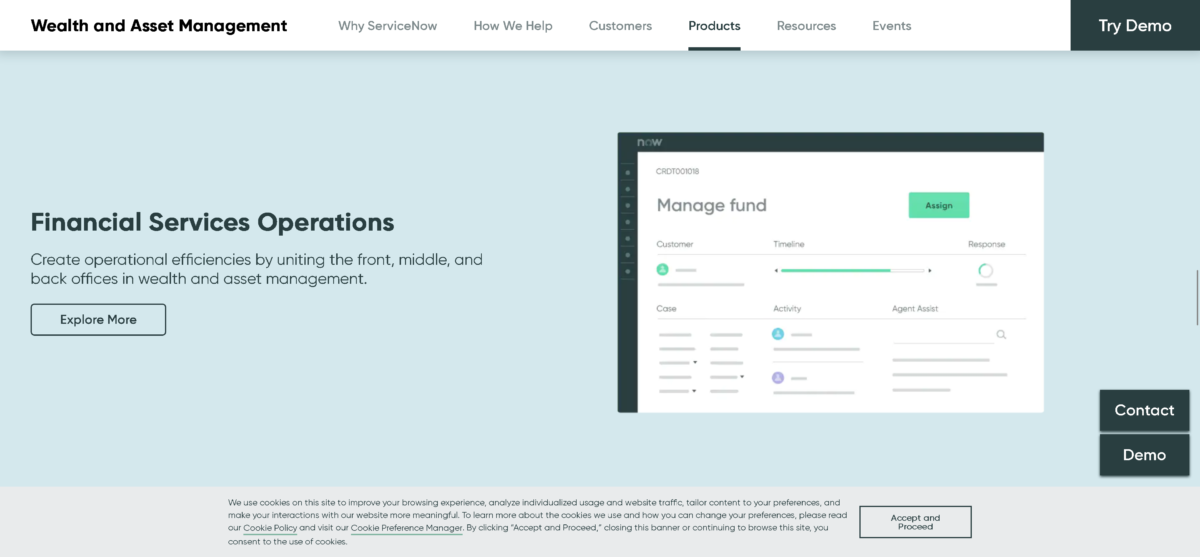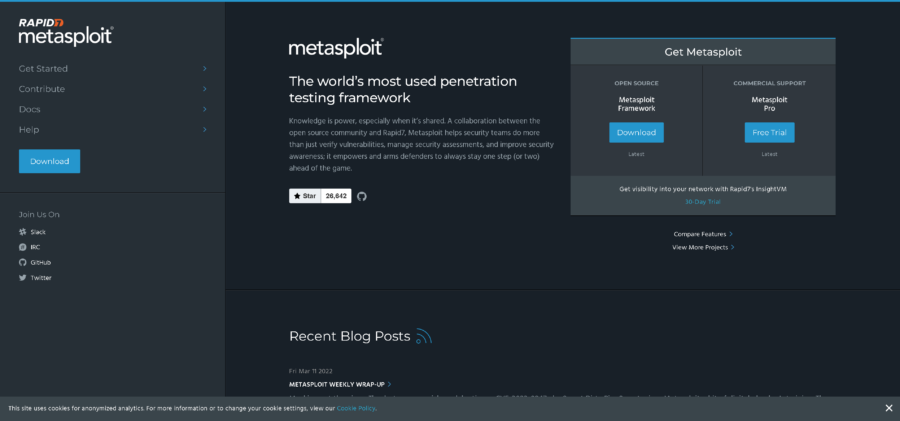There’s no denying that migrating to the cloud unlocks multiple benefits for organizations looking to modernize their IT infrastructure. However, the journey to truly unlock the benefits of the cloud and experience its full potential can bring some unforeseen challenges. We can all agree that no two cloud journeys are alike, but having worked on several cloud migration projects, I have uncovered three common challenges that organizations face when migrating to the cloud if they haven’t spent enough time researching and planning.
Migrating applications to a cloud vendor is not something that you rush. Look holistically at the vendors, their offerings and the needs of your organization before you sign a contract. Make sure that the vendor is able to keep pace with your migration without negatively impacting your productivity. This will avoid the need to switch vendors once the migration has begun.
In addition, choosing a single cloud or multi-cloud solution is a decision you shouldn’t take lightly. Committing to a multi-cloud strategy means that you will also be committing to a vendor’s multi-cloud ecosystem to handle data synchronization and failover. Committing to a single cloud approach means your software vendor strategy may be different. For example, you may lean more on a vendor’s proprietary managed services, such as a specific database. Deciding later to move from a single cloud to multi-cloud approach, which requires moving data between clouds, is complex and expensive.
The anticipation of building new things on the cloud can cause some organizations to act first, without taking into consideration how all of their existing systems will work in a new cloud-first environment. They forget to examine the whole environment and take the broader picture into account. Some older applications may not be worth moving to the cloud – they may even end up being slower or more difficult to use in a cloud configuration, especially if the software architecture or program language is not compatible with a cloud environment. For these applications, it may be best to leave them on-prem.
When you do move processes, software and applications to the cloud, it often triggers subsequent things that you did not expect. Very often, you can’t use the same code and development paradigm and expect it to work seamlessly. There will likely be compatibility issues such as libraries or runtime that require the re-writing of code. Don’t have stagnant thinking. A lot of things that you think are trivial are not, especially when your software and applications may be outdated, incompatible or not supported by the cloud.
Often, there is confusion or misalignment on exactly what benefits a new ecosystem provides, especially in organizations that have had the same processes in place for many years. This can lead to a lack of alignment on the cloud outcome. Getting employees on board with cloud adoption and integration shouldn’t be an afterthought. If you are building a replacement platform, it needs to have enough features for it to be useful and adopted, or users will continue to use the two systems (the one you are building and the one that has been there for a long time) in parallel, which will slow down and hurt the credibility of the transformation process. Eventually, you need to sunset the other system. In the meantime, you will have to maintain those two systems in parallel, keeping a lot of systems in sync to make it work for the company, which is both complex and expensive.
So, with those common challenges identified, the next logical question is, how can I avoid these challenges? Having helped several organizations on their cloud transformation journey, I have learned several things. Most of the pitfalls that I’ve faced could have been avoided entirely by spending more time researching and planning. Proper planning will help eliminate a lot of potential challenges before they become a problem and you’re scrambling to find a solution. Here are a few tips that I’ve identified over the years:
I began this article by stating that no two cloud modernization journeys are alike. While that is certainly true, many of the challenges outlined above often seem to rear their ugly head when these journeys are underway. By understanding common challenges and then implementing some of the tips outlined above, you will be better prepared to address challenges when they arise.
By Damian Ng, Senior Vice President of Technology at Anywhere Real Estate





